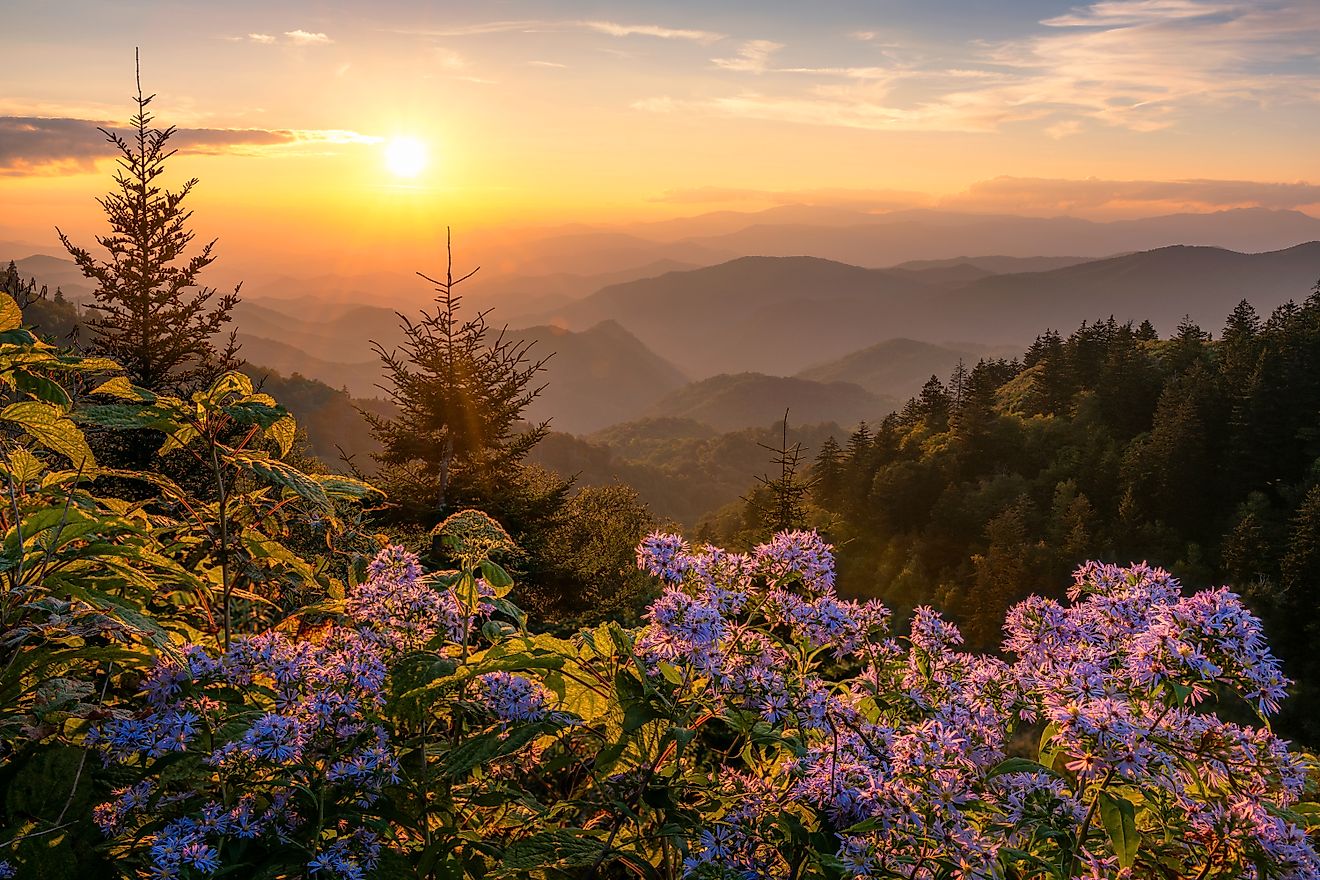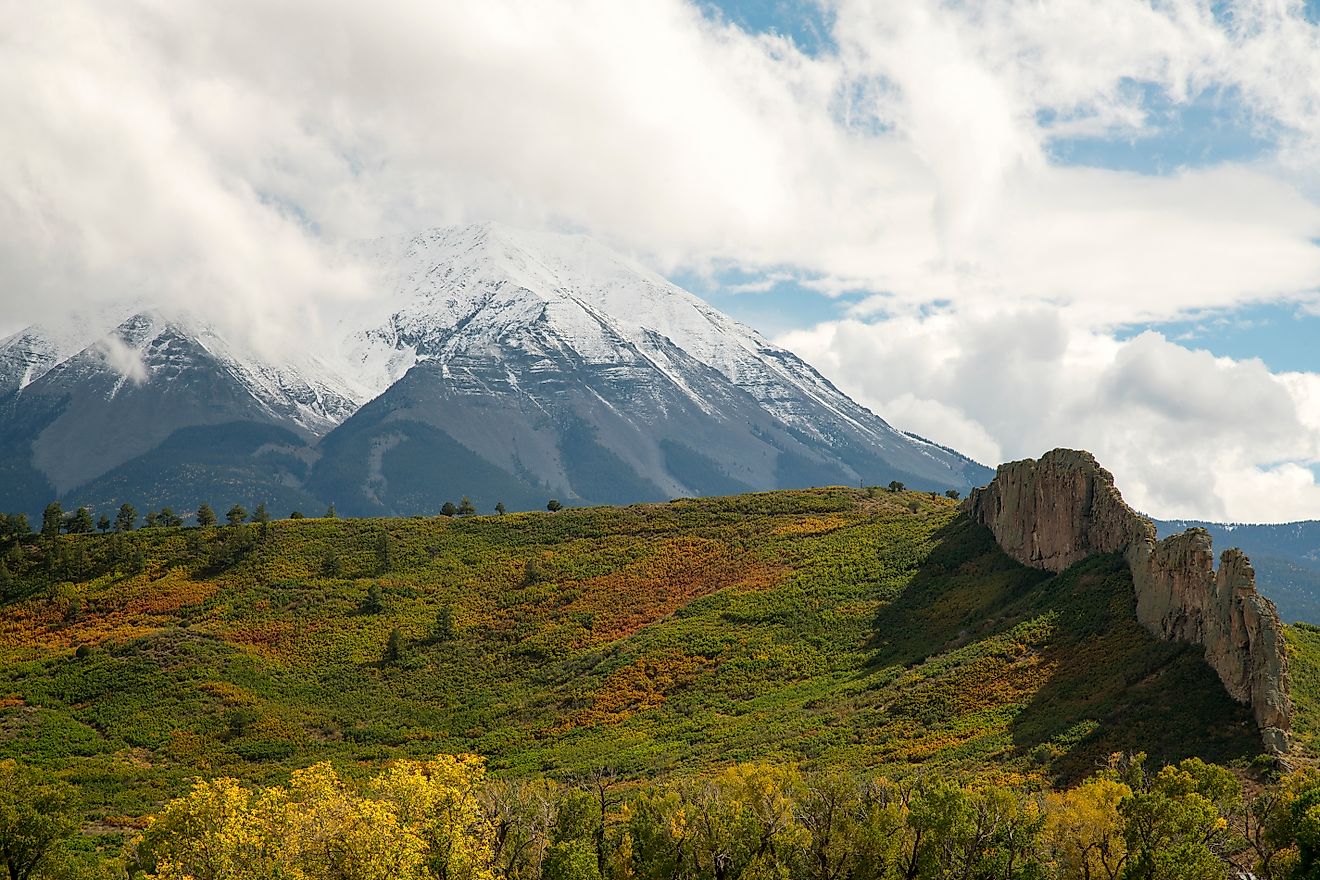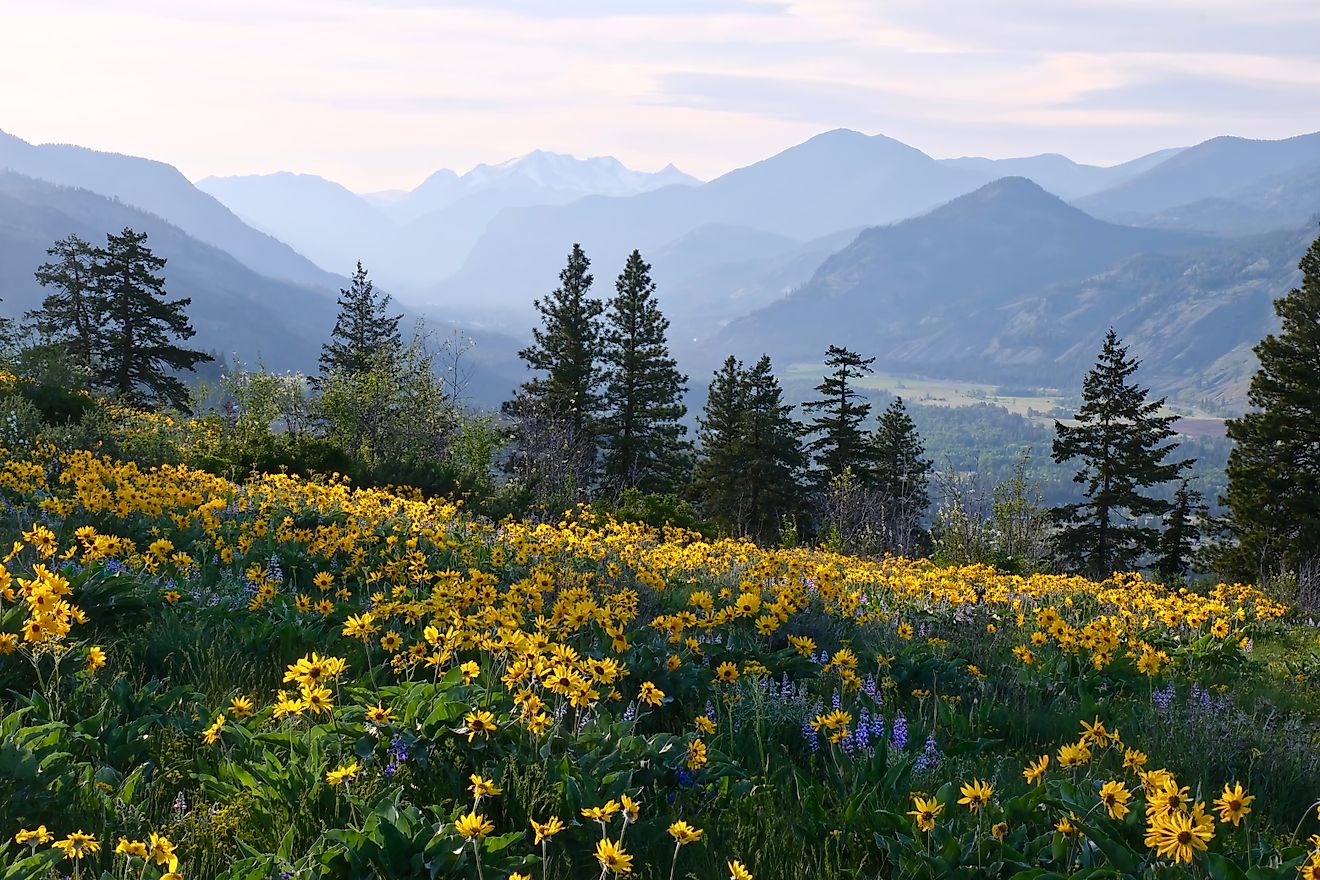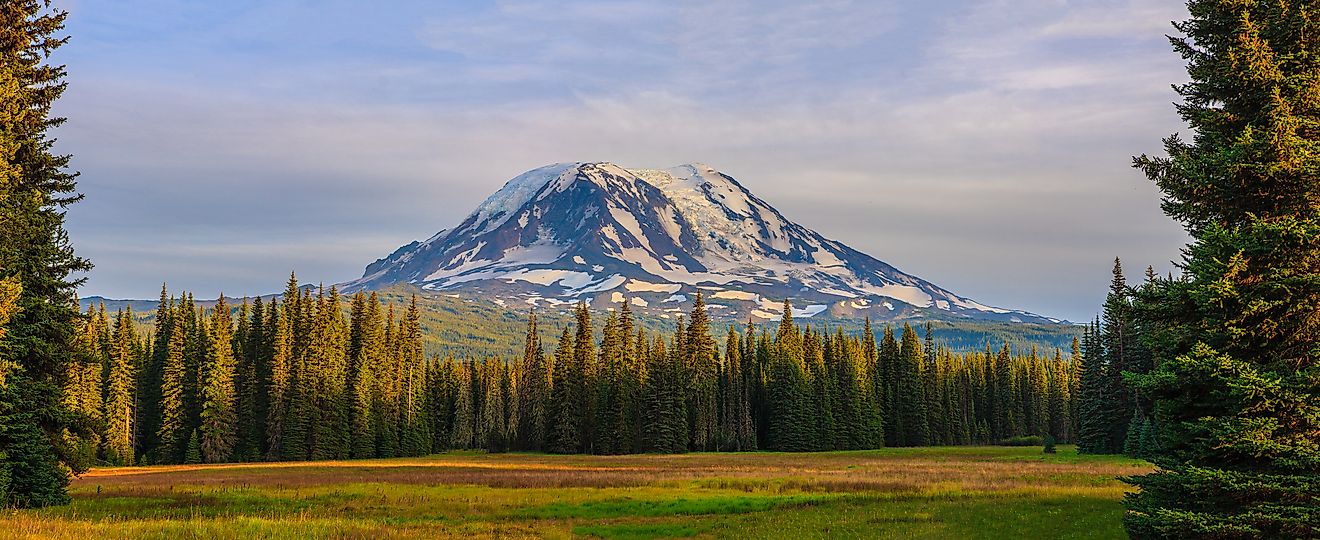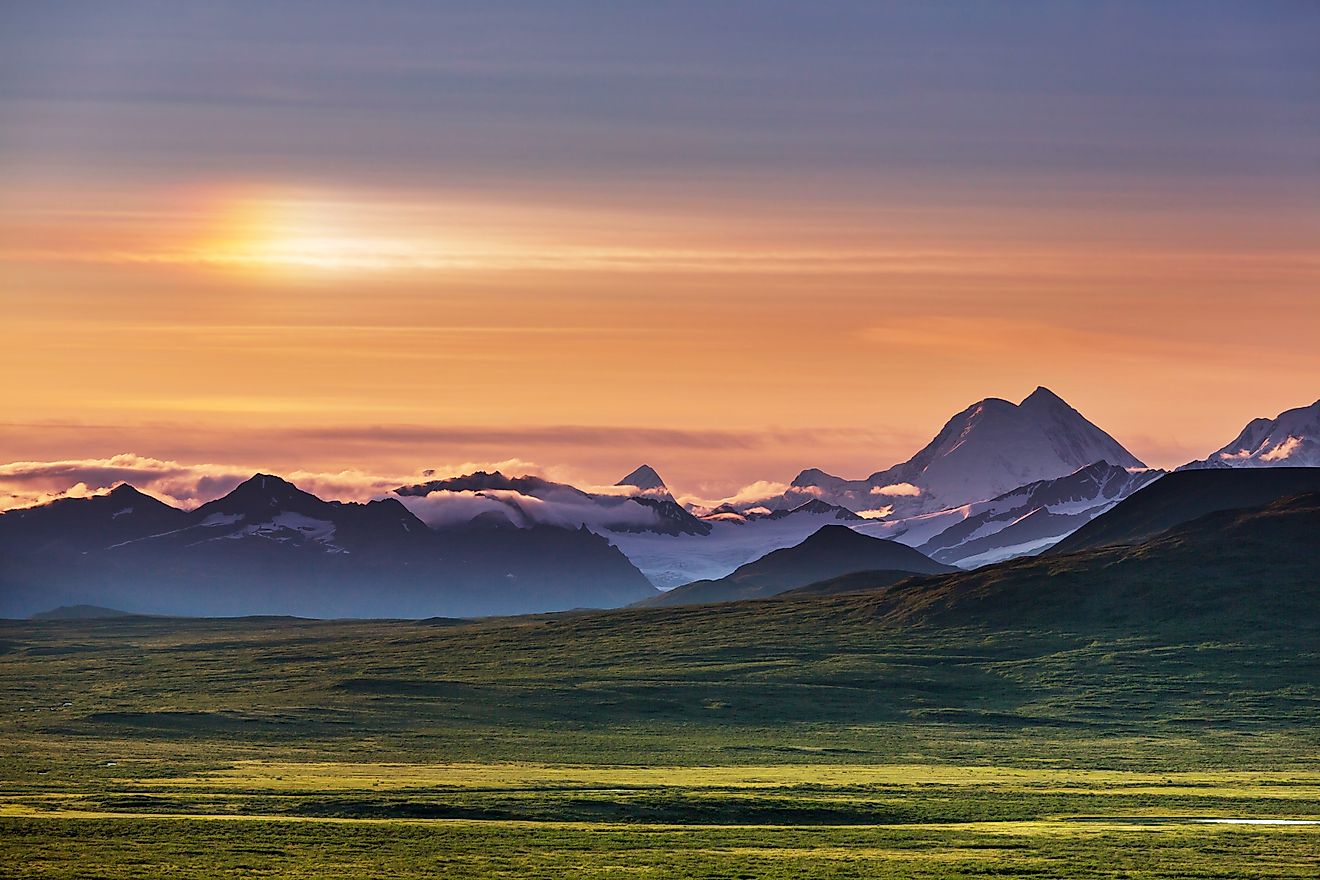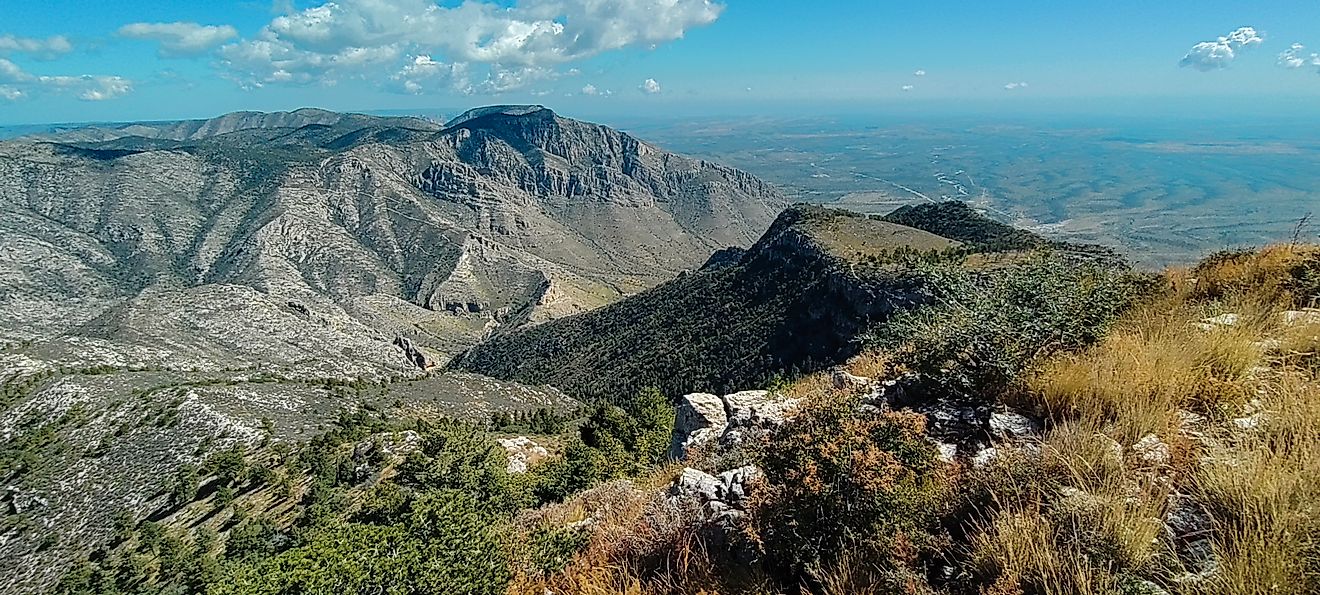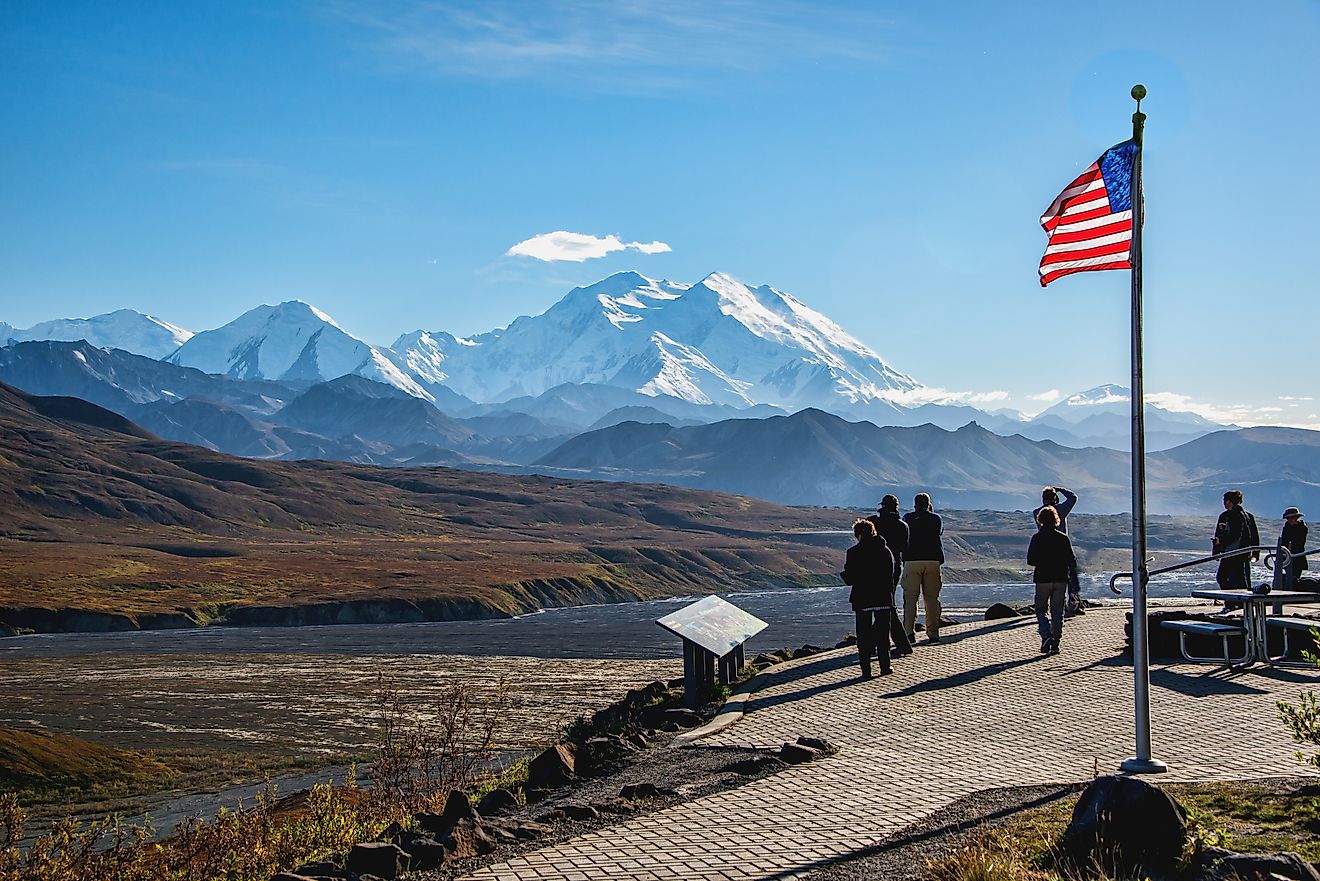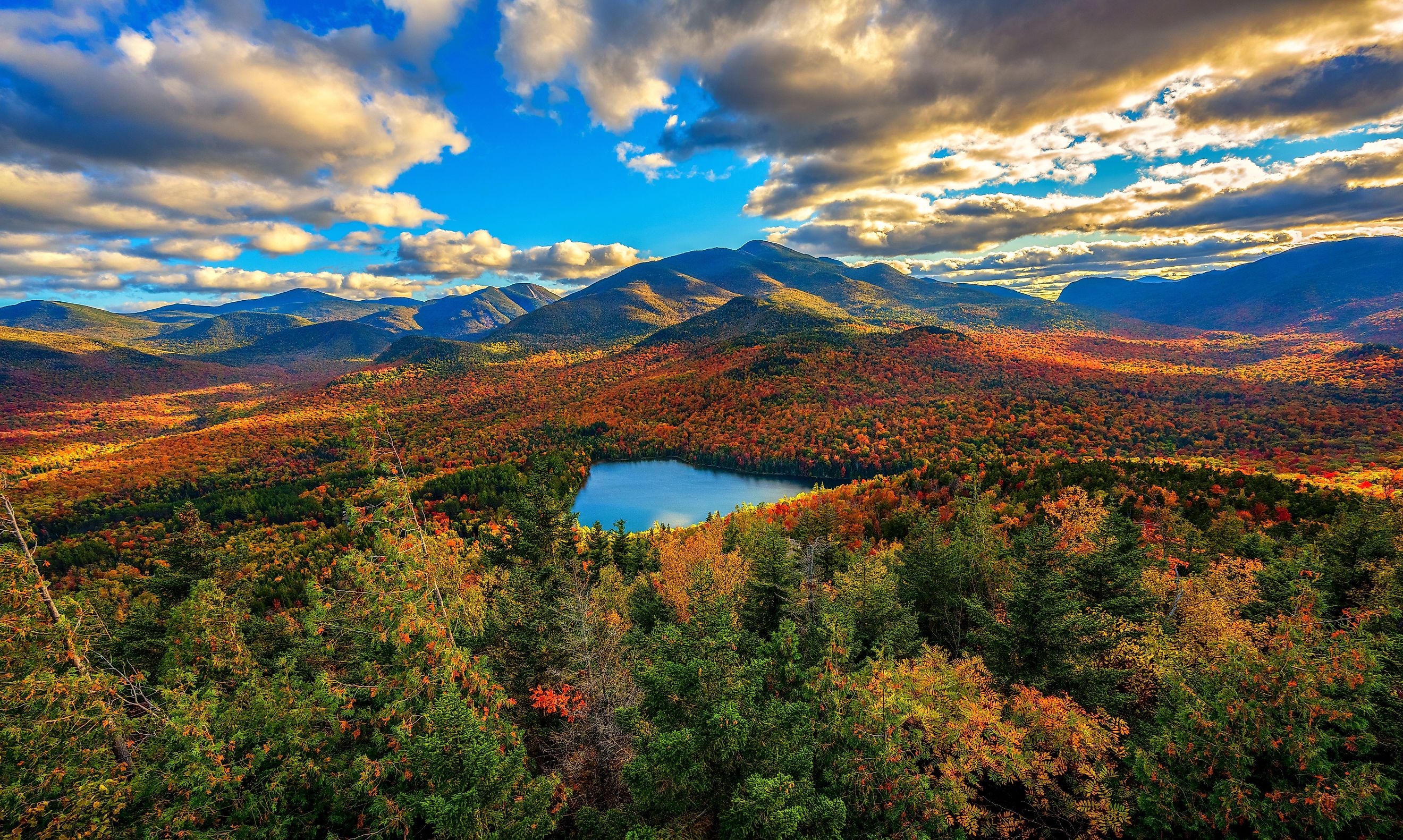
Adirondack Mountains
Tucked in the northeastern corner of New York State lies a vast and rugged expanse of wilderness that defies expectations of the East Coast. The Adirondack Mountains, a domed cluster of ancient peaks and forested valleys, stretch over 9,100 square miles—an area so immense, it nearly matches the size of Vermont. Despite their proximity to urban hubs like Albany and Montreal, these mountains remain remarkably untouched, a haven for nature lovers and a symbol of New York's wild legacy.
Geologically distinct from the Appalachian range, the Adirondacks rise from the earth like a slow-moving wave frozen in time. They're part of the Canadian Shield—a billion-year-old bedrock formation that underlies much of eastern Canada—and not the younger Appalachians to the south. Time and glaciers have shaped this landscape over hundreds of millions of years, scarring it with valleys, smoothing its summits, and leaving behind a playground of lakes, rivers, and rock-faced peaks.
A Dome of Mountains, Lakes, and Forests
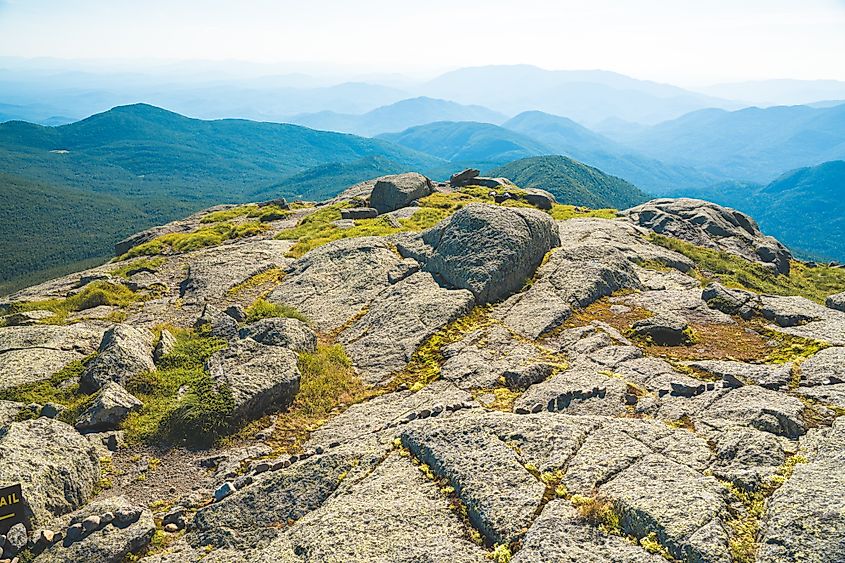
Viewed from above, the Adirondack region forms a rough circle, its peaks radiating out like spokes from a central hub. At its highest point towers Mount Marcy, the tallest mountain in New York at 5,344 feet. Nearby, Algonquin Peak—standing at 5,114 feet—offers alpine-like views without ever leaving the Empire State. Dozens of other summits rise above 4,000 feet, and while many are rounded and forested, some, like Whiteface Mountain, display dramatic vertical rock faces that look more akin to the Rockies than the Northeast.
Water is just as much a character in the Adirondack story as rock. More than 2,300 lakes and ponds are scattered across the region—many carved by glaciers from the Pleistocene Epoch. These water bodies feed over 31,000 miles of rivers and streams that drain into the Hudson, Mohawk, and St. Lawrence rivers, as well as into Lakes Ontario and Champlain. The result is a rich network of aquatic arteries, perfect for paddlers and anglers.
A Wilderness Protected by Law
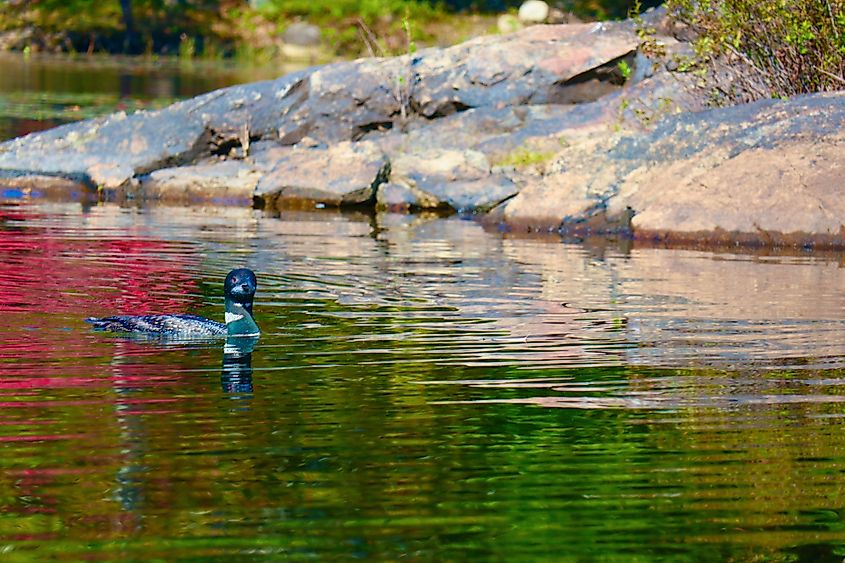
The land here looks and feels remote because, in many ways, it is. The Adirondacks are sparsely populated, with much of the region legally protected from development. In 1892, recognizing the value of preserving this wilderness, the New York State Legislature created Adirondack Park. Today, it stands as the largest publicly protected area in the contiguous United States—larger than Yellowstone, Everglades, Glacier, and Grand Canyon National Parks combined.
About half of the land within the park's boundaries is publicly owned and part of the Adirondack Forest Preserve. By constitutional mandate, this land must remain “forever wild,” and its protections are among the strongest in the country. The rest is a patchwork of small towns, private camps, timberlands, and recreational properties—a delicate balancing act between conservation and community.
Life Among the Trees
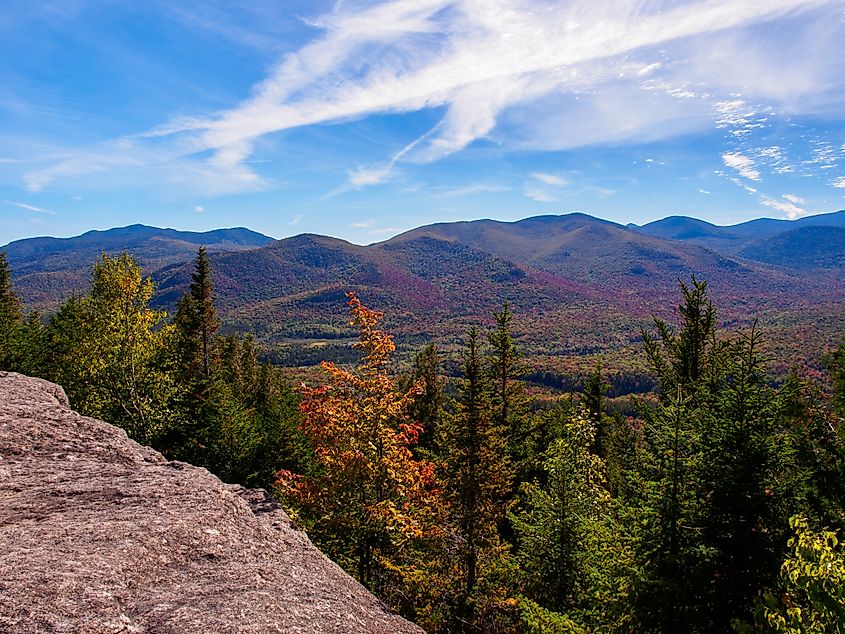
The Adirondack ecosystem is a lush mosaic of spruce, pine, and hemlock forests, with hardwoods like maple and birch dotting the lower elevations. Wildlife thrives here. White-tailed deer, black bears, beavers, loons, and moose roam the woods and waterways, while bald eagles and peregrine falcons soar overhead. The diversity of habitats—from alpine tundra on high peaks to boreal bogs and deep glacial lakes—makes the region one of the most ecologically rich in the northeastern US.
Summers in the Adirondacks bring cool mountain breezes that offer respite from the sweltering heat of the lowlands. Autumn turns the forests into a kaleidoscope of orange and gold, drawing leaf peepers from across the country. Winters, though cold, are dry and clear—perfect conditions for snow sports.
Lake Placid and the Legacy of the Games
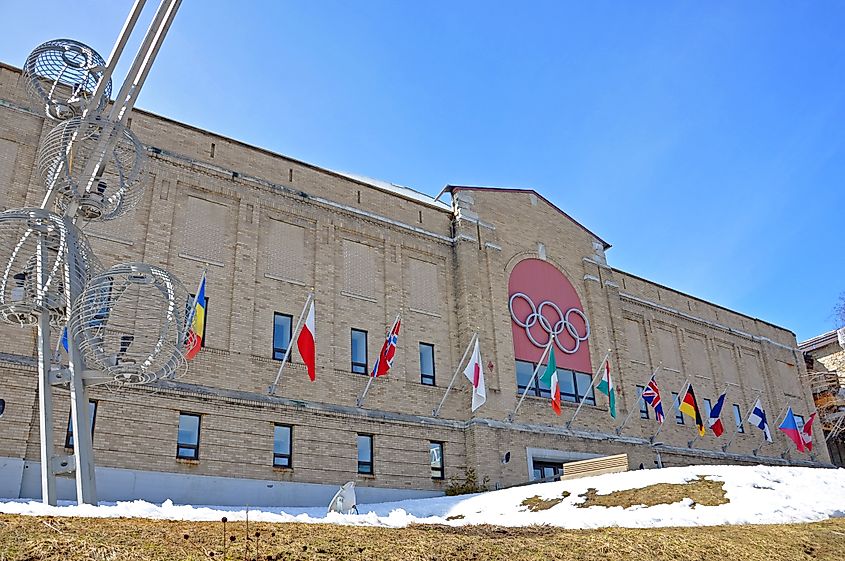
Lake Placid, perhaps the best-known town in the Adirondacks, gained international fame as the host of the 1932 and 1980 Winter Olympic Games. Its Olympic facilities, including ski jumps, bobsled runs, and the Olympic Center ice rink—where the “Miracle on Ice” occurred—remain active and open to visitors. Today, Lake Placid is a four-season resort town, offering everything from world-class skiing and snowboarding to hiking, dining, and lake cruises.
Nearby Saranac Lake is a quieter alternative, favored by artists, paddlers, and those seeking a slower pace. Canoe routes link chains of lakes and ponds across the region, and many trails are accessible only by foot or paddle, preserving the backcountry experience.
The Name and Its First Peoples
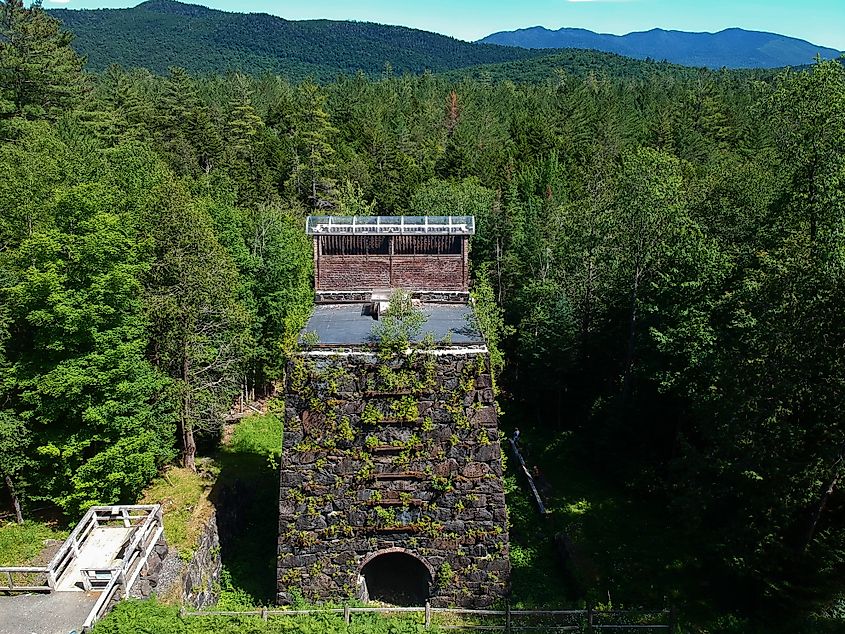
The name "Adirondack" has roots in a centuries-old insult. It’s derived from an Iroquois word meaning “eater of tree bark,” a term used to mock the Algonquin people during periods of famine. Despite the name’s biting origin, it stuck. French explorer Samuel de Champlain was the first European to set eyes on the range in 1609, though it would be centuries before settlers made any significant imprint.
The landscape proved resistant to development until the late 19th century, when logging, mining, and tourism began to shape the region. At its peak, the area bustled with miners extracting iron ore, graphite, and titanium. Today, mining is limited, with wollastonite and garnet among the few remaining minerals still extracted.
Historic Sites and Human Stories
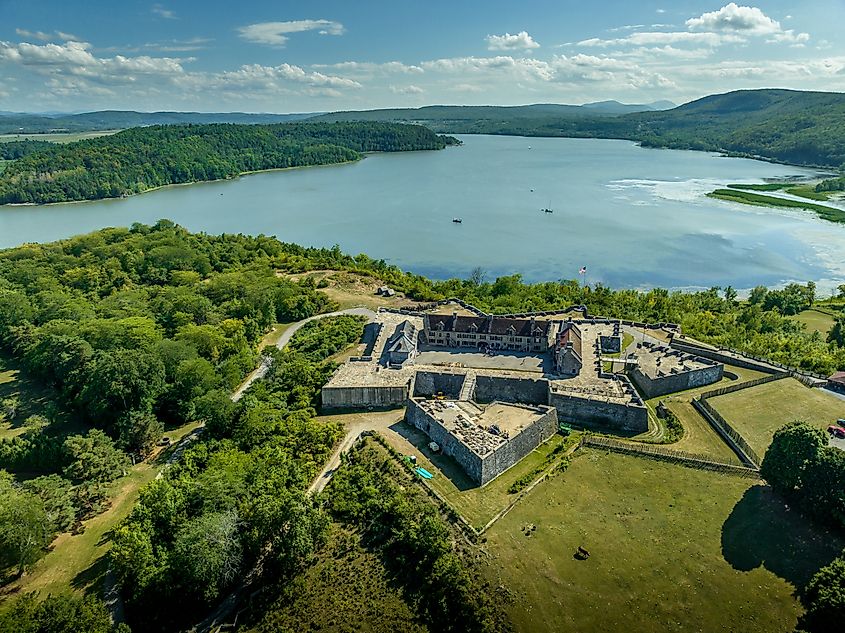
Though wild at heart, the Adirondacks also hold stories of American history. Fort Ticonderoga, situated near Lake George, played a key role in both the French and Indian War and the American Revolution. Plattsburgh, on the edge of Lake Champlain, was the site of a major naval battle in the War of 1812. And throughout the 19th and early 20th centuries, wealthy industrialists built sprawling “Great Camps” in the woods—luxury rustic retreats that today offer a window into America’s Gilded Age.
The Adirondack Museum near Blue Mountain Lake preserves these stories. With exhibits spread across multiple buildings, it chronicles the region’s logging, trapping, boating, and recreational heritage. It’s one of the best places to understand not just the land, but the people who have lived and worked here for centuries.
Adventure for All Seasons
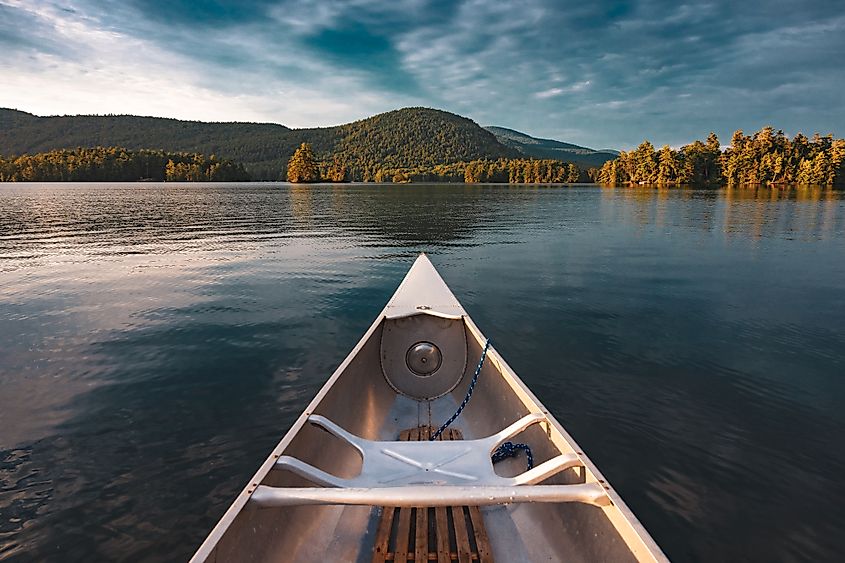
The Adirondacks cater to a wide spectrum of outdoor enthusiasts. In the warmer months, visitors hike the High Peaks, paddle through the Saranac Lakes, fish remote trout streams, or simply camp under the stars. Autumn’s foliage season is short but spectacular, often peaking in late September or early October.
In winter, Lake Placid becomes a snowy playground. Downhill skiers flock to Whiteface Mountain—home to one of the highest vertical drops east of the Rockies—while cross-country skiers and snowshoers explore the many groomed trails. Ice fishing, snowmobiling, and even dog sledding add to the winter appeal.
And for those who prefer solitude, vast sections of the park remain reachable only by backcountry trails and quiet waterways, offering a chance to disconnect and immerse fully in the rhythms of the wild.
A Legacy of Preservation
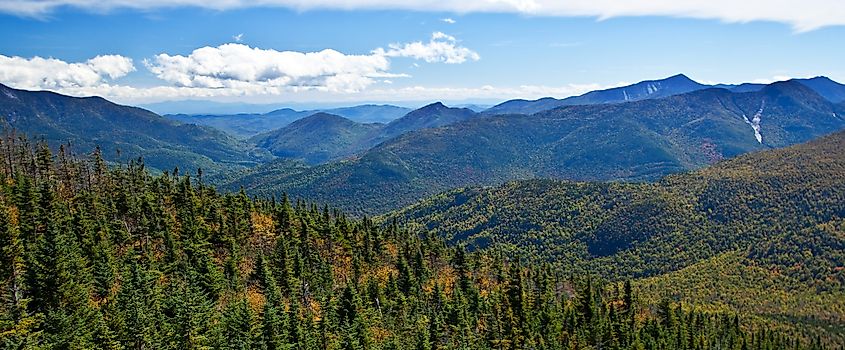
The future of the Adirondacks depends on maintaining the delicate balance between use and preservation. With increasing pressures from tourism and climate change, the need to protect this extraordinary landscape has never been more urgent. Fortunately, the state’s legal safeguards and a deeply rooted local conservation ethic continue to uphold the region’s “forever wild” promise.
Whether you're summiting Mount Marcy, paddling through fog-shrouded lakes, or just enjoying the silence of a starlit forest, the Adirondacks offer a rare and enduring encounter with untamed America. It’s a place where the land speaks in the language of wind and water—and where the wild still rules.
Q&A: Quick Facts About the Adirondack Mountains
Where are the Adirondack Mountains located?
In northeastern New York State, extending from the St. Lawrence River Valley and Lake Champlain down to the Mohawk River Valley.
What is the highest peak in the Adirondacks?
Mount Marcy, at 5,344 feet (1,629 meters), is the tallest point in New York State.
Are the Adirondacks part of the Appalachian Mountains?
No. Though often grouped with them, the Adirondacks are geologically part of the Canadian Shield and are more than a billion years old.
How large is Adirondack Park?
Adirondack Park spans nearly 6 million acres, making it the largest park in the contiguous U.S.
What kinds of activities can visitors enjoy?
Hiking, canoeing, camping, skiing, snowmobiling, fishing, wildlife watching, and visiting historic sites.
Are there towns within the Adirondack Park?
Yes. Lake Placid, Saranac Lake, Ticonderoga, and Old Forge are among several towns and villages within the park boundaries.
When is the best time to visit?
Each season offers something unique: summer for hiking and lakes, fall for foliage, winter for snow sports, and spring for quiet trails and rushing waterfalls.

